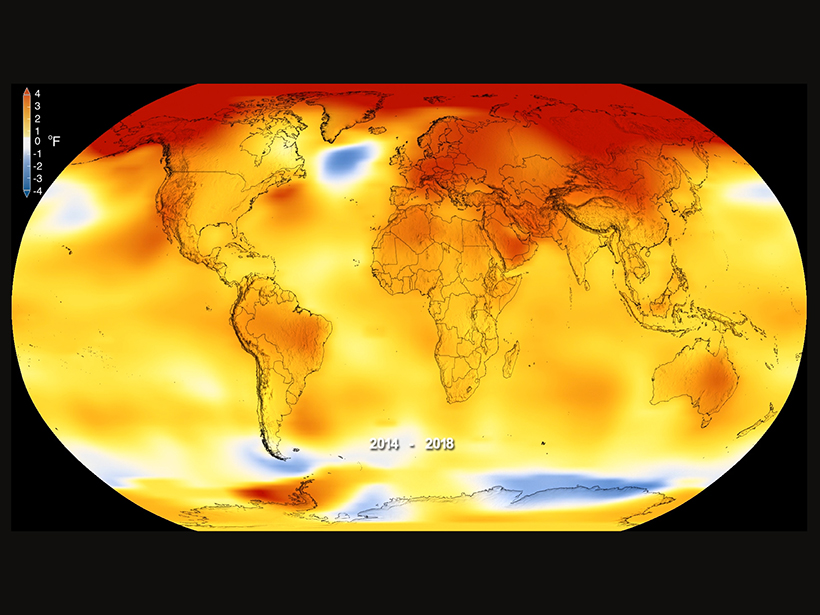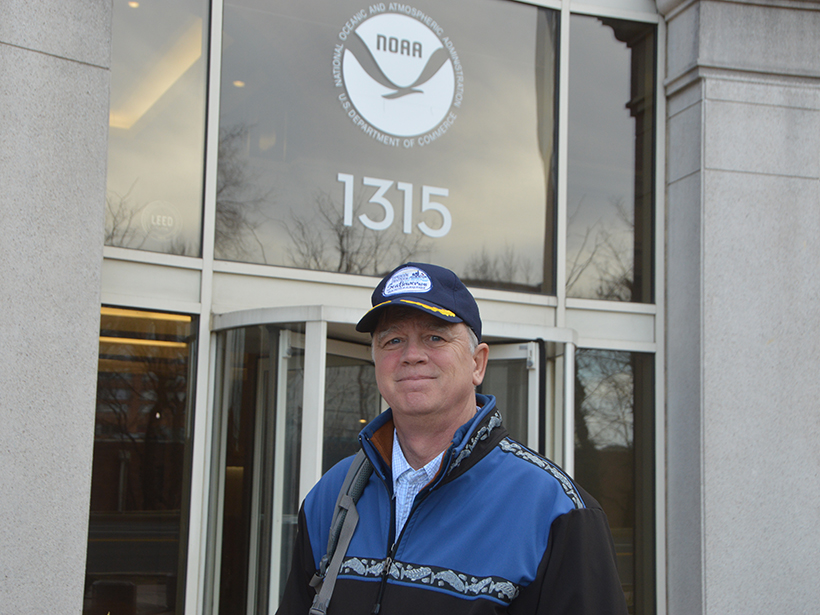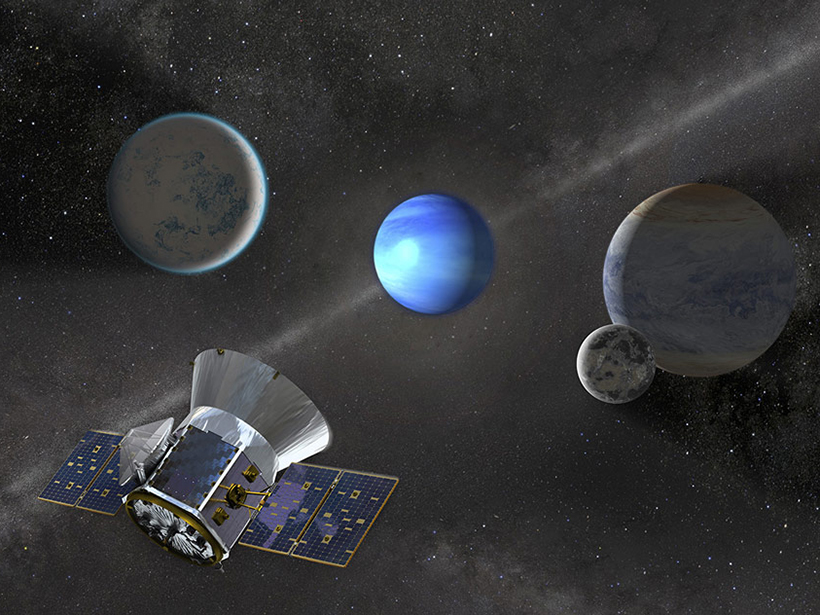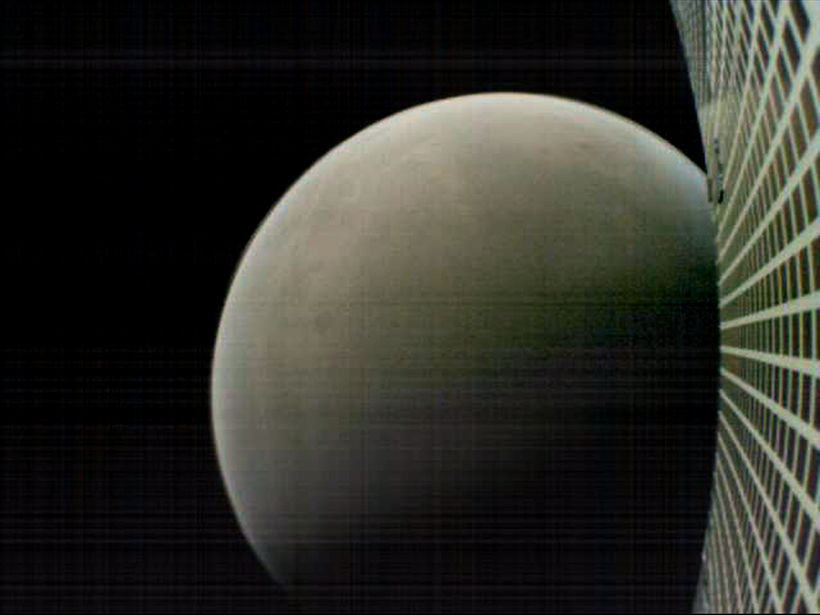The climate is continuing to heat up, say NASA and NOAA, and 2018 is no exception.
NASA
With Shutdown Over for Now, Science Agencies Pick Up the Pieces
Agencies and employees weigh the impact of the shutdown.
Apollo 11 Commemorative Coins Available Today
The coins commemorate the upcoming fiftieth anniversary of the historic Moon landing and the first steps on the Moon.
NASA Space Telescope Spots Its Third Planet
A planet 3 times as large as the Earth was detected by the Transiting Exoplanet Survey Satellite in a relatively leisurely orbit—the longest yet detected by this telescope—of 36 days.
Scientists Invited to Collaborate in Satellite Mission’s Debut
The Surface Water and Ocean Topography mission will begin by scanning Earth’s surface once a day. We invite ocean scientists to contribute ground-based measurements to compare with the satellite data.
Meet IceWorm: NASA’s New Ice-Climbing Robot
A robot that can inch up icy surfaces may help scientists reach new heights in some of Earth’s most dangerous and remote landscapes.
Hello, Goodbye: First Interplanetary CubeSats Zip Past Mars
The InSight lander safely arrived on Mars early last week. Two tiny spacecraft made up part of its communications array and transmitted landing data back to Earth.
Martian Crater Will Be the Landing Site for a Future Rover
The impact crater is a dry lake bed that contains evidence of ancient water flows and perhaps signs of ancient microbial life.
U.S. Mint Unveils Design for Special Apollo 11 Coin
The showcase of a commemorative coin kicks off national celebrations of the Apollo anniversaries.
New Exoplanet Telescope Detects Its First Two Planets
The two possible planets, each larger than Earth and too hot to be habitable, are the first of hundreds of Earth-sized exoplanets expected to be discovered by a recently launched telescope.










